We've picked seven activities that will inspire you to get outside and on your feet, from the excitement of geocaching and orienteering to the sights and sounds of night walking.
1
Letterboxing
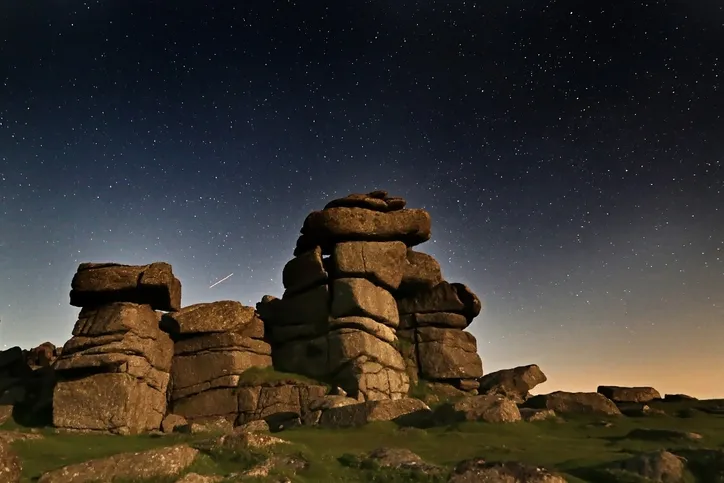
In the Victorian era, James Perrott, a revered moorland guide, hid notes for fellow hikers across Dartmoor. Over the years, this primitive form of communication has evolved, with exchanges now being made in wooden letterboxes. With a Letterbox Catalogue in hand, head into the moors and swap your letters this spring. letterboxingondartmoor.co.uk
2
Orienteering
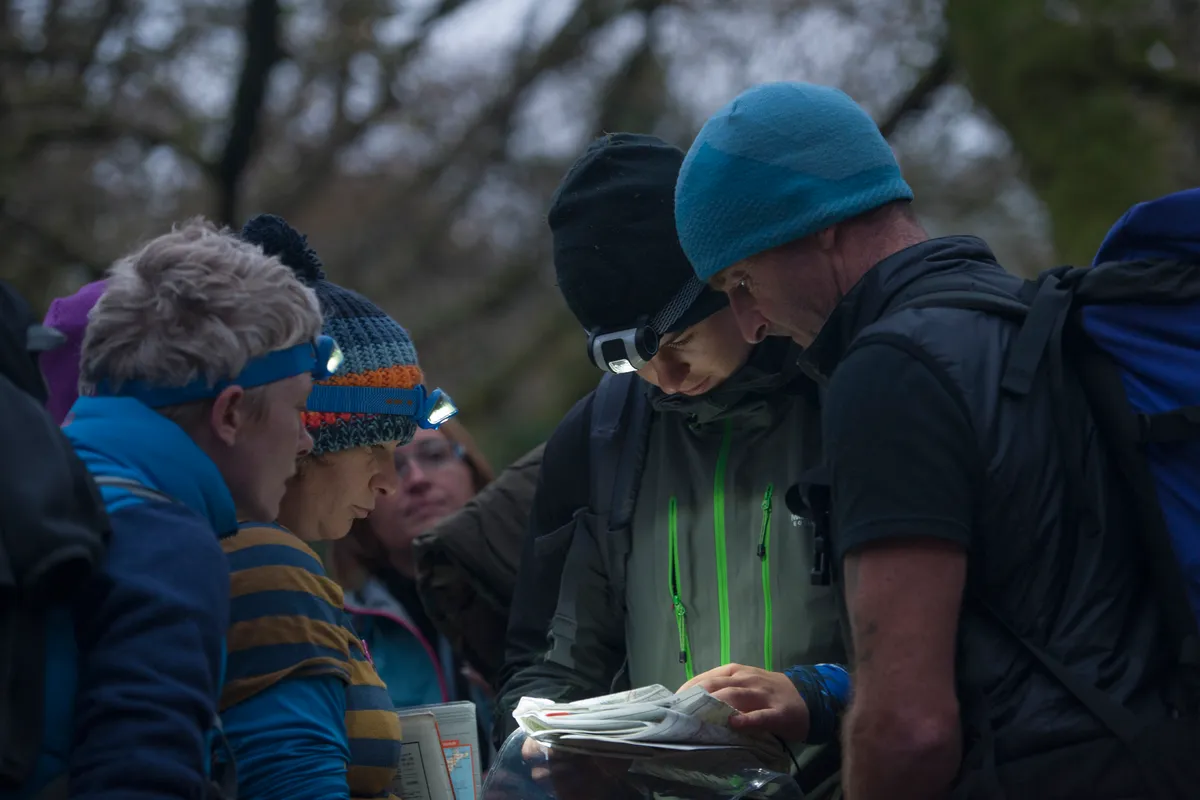
Often performed at high speed over challenging terrain, this exciting sport induces a sense of exploration as participants use mind, map and compass to navigate their way through the countryside. Don’t miss World Orienteering Day between 15 and 21 May 2019. britishorienteering.org.uk
Related articles
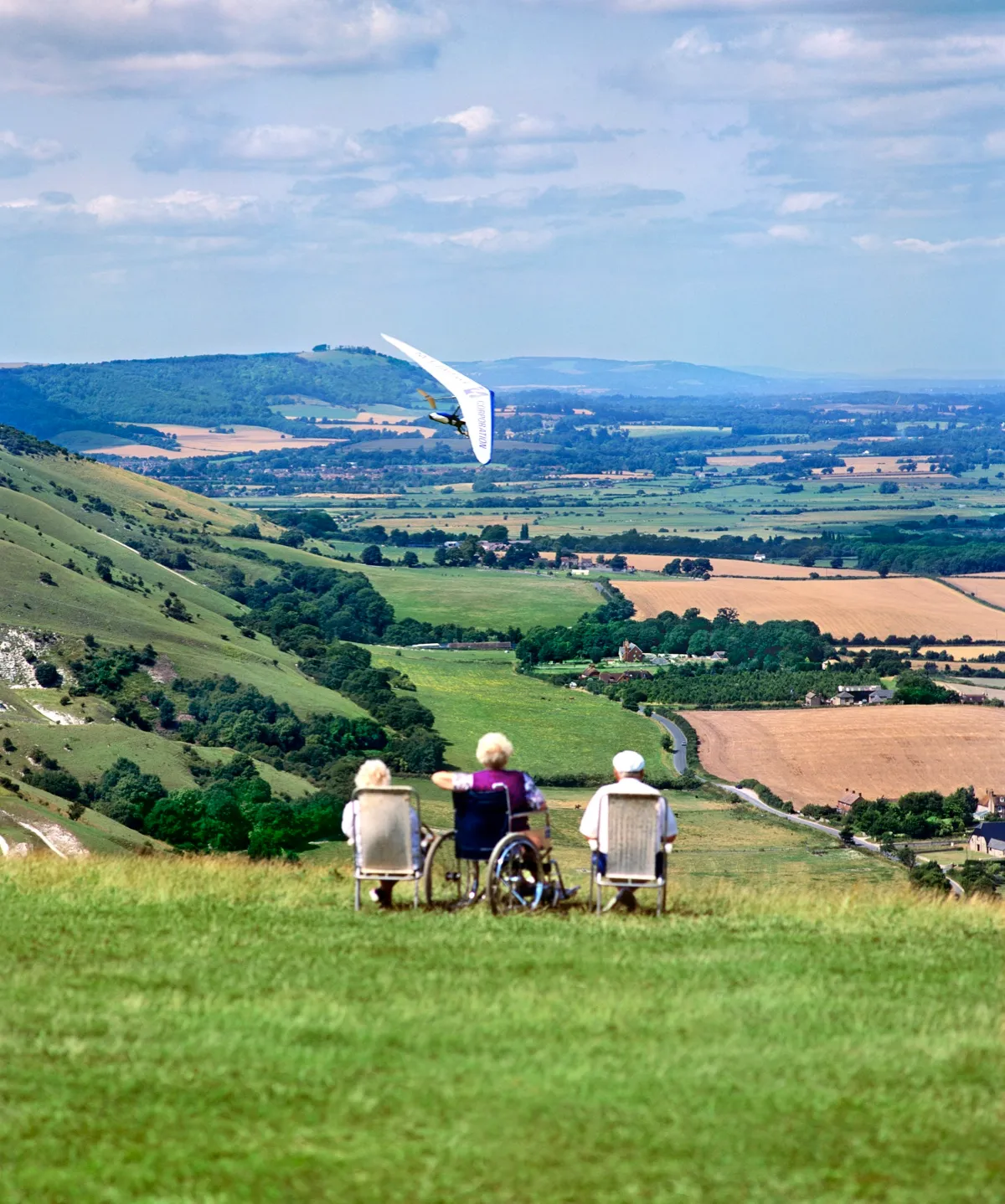
3
Munro Bagging
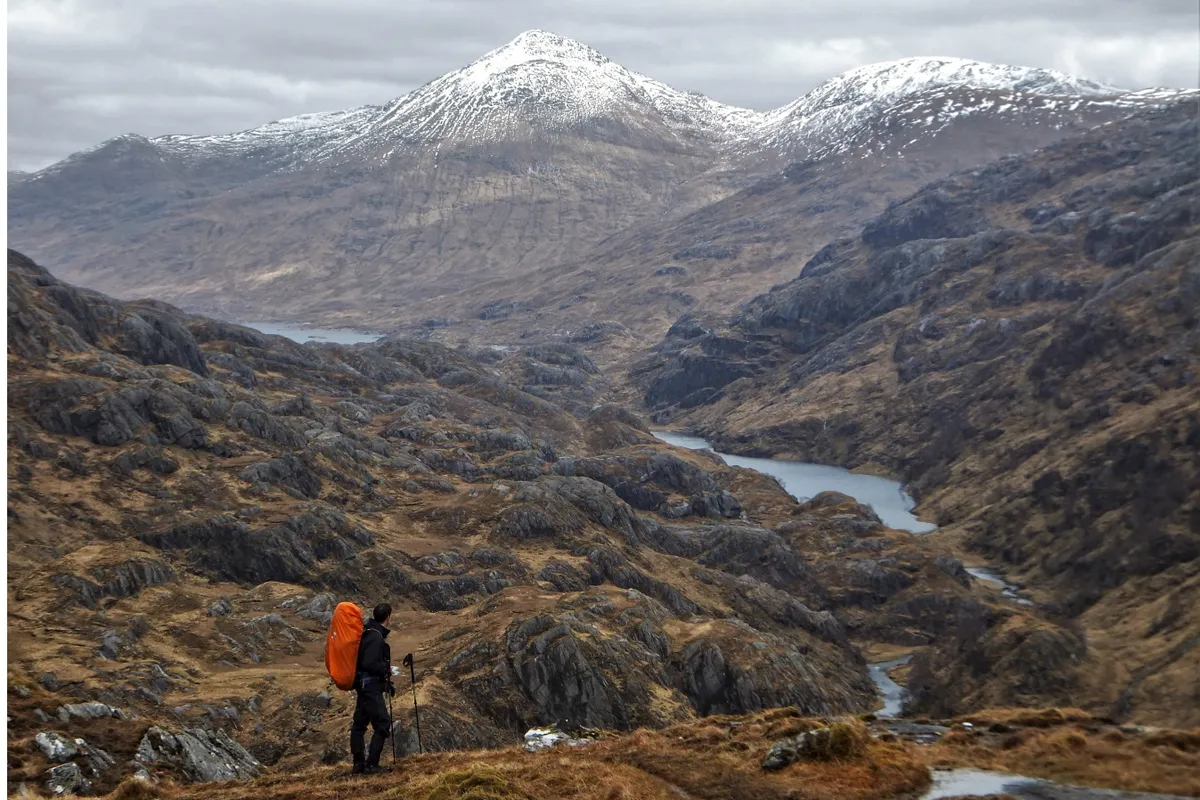
Munros – Scottish peaks over 914m – provide a great platform for getting active. There are 282 in total, from the rounded crest of Ben Lomond to the formidable Sgùrr Dearg on the Isle of Skye. Climb one Munro, or take up the ultimate challenge and summit them all. walkhighlands.co.uk
4
Nordic Walking
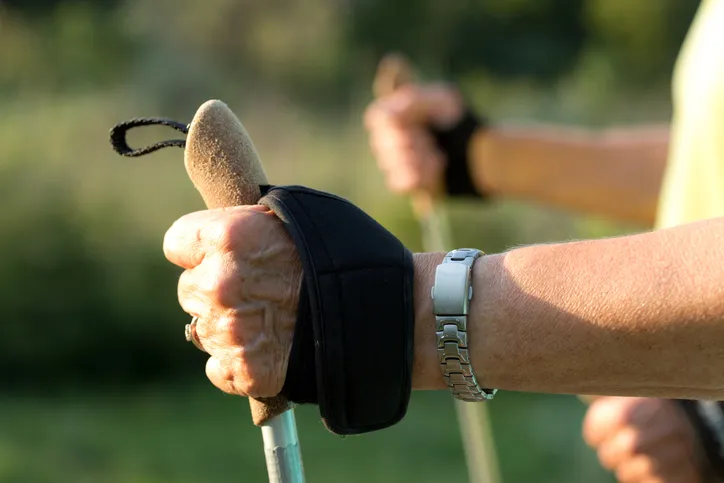
Equipped with a pair of poles to help you along the path, Nordic Walking – deriving from Finland in the 1930s as a form of off-season training for skiiers – is a fun and accessible activity for all. Swinging your arms as you walk helps burn calories, while the poles reduce pressure on muscles and joints. nordicwalking.co.uk
5
Night walking

Under the cover of darkness, a new world emerges; leaf litter rustles, an owl swoops and a bat’s wings flicker. With the night to yourself, the countryside begins to play with your imagination – the forests, valleys and waves at one moment vivid and familiar, the next intriguing and strange. countryfile.com/night-walking-mindfulness-in-nature
6
Accessible Paths
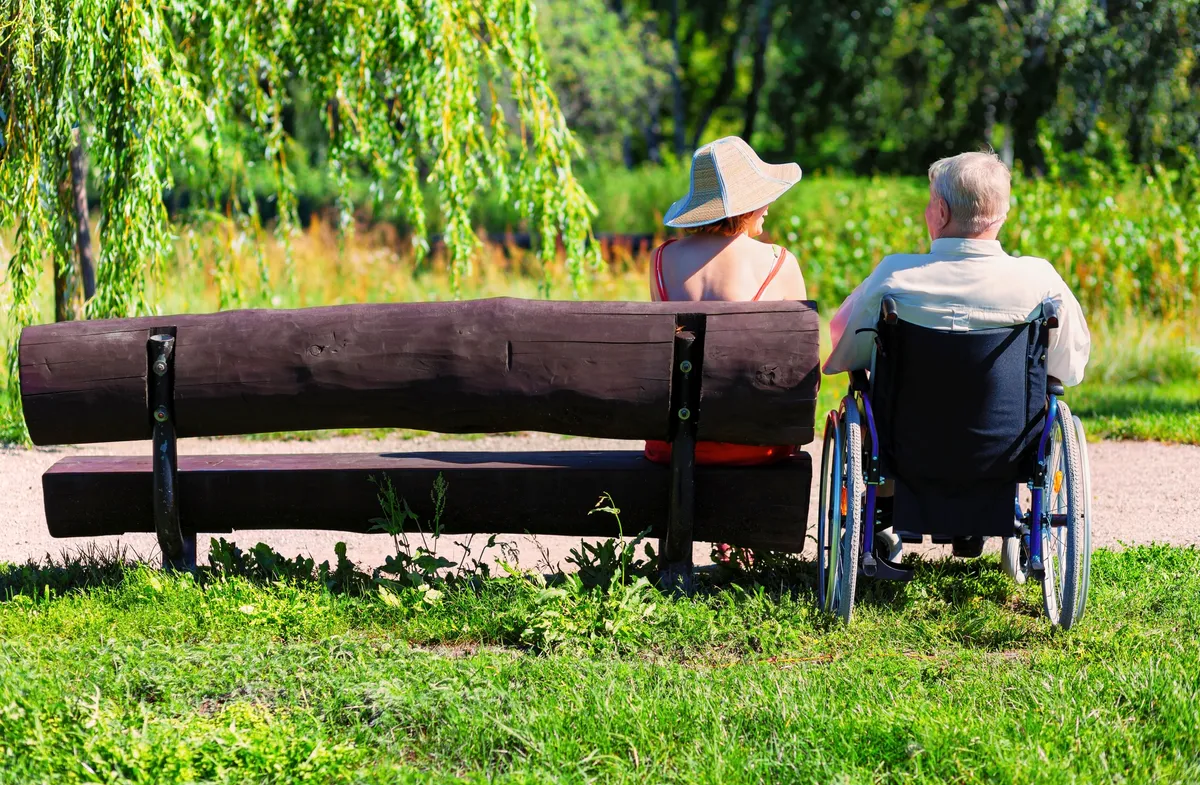
Access to the countryside for wheelchair users is gradually improving, making it easier than ever to get out into nature. Make your way through the mixed woodland of Bell Wood in Aberdeenshire, or head out on to the RSPB Fairburn Ings Discovery Trail in Yorkshire. walkswithwheelchairs.com
7
Geocaching

Geocaching is the world’s largest treasure hunt. Containing a number of trinkets and a log book, these small, waterproof boxes – or caches – are hidden throughout the UK. To join the search you’ll need a GPS device and an appetite for discovery. Get outside this spring and discover your bounty. geocaching.com
Top tips for entering a charity trek
Paul Bennett, Deputy CEO of Prostate Cancer Research Centre, explains how to pick the right event, fundraise and train for a charity walk this summer.
1. PICK A CAUSE YOU BELIEVE IN
When picking your event, go for a charity whose work really resonates with you. It’s easier to dig deep when the going gets tough if you really care about the organisation you are raising funds for.
2. GET MATEY
Talk to the charity and build a relationship with them. They will be able to offer help and support with fundraising and give you a real insight into what the charity actually does. If they're not supportive, move on. There are plenty of others desperate for your help!
3. FUNDRAISE HARD
Try to do most of fundraising online, using sites such as Justgiving. Online pages are quick and easy to build and very easy to share. Many people find it easier to send an email and a link than to ask face to face. The site will collect gift aid for the charity too. You don’t need to stick to sponsorship though, if you are given a target by the charity it’s up to you how you raise the cash! Car boots, Ebay, car washing, supermarket bag packs are all reasonably easy ways of reaching the target.
4. GIFT IT
Maximise your gift aid. It’s free money from the Government and can often be included in your target. You must get the donors name, Home address and postcode as a minimum.
5. GET KIT SAVVY
Get the right kit! Even if you are walking on a well organised charity event the weather doesn’t know that and may not be kind. Make sure you have everything with you and that you can get to it. If it rains and your waterproofs are at the bottom of your pack you will need to unpack everything to get at them so everything will get wet. Get the best you can afford – especially boots and jacket and make sure your boots are worn in and comfortable before the event.
6. PUT THE HOURS IN
Train! If it’s your first trek start slowly and build up. If you are taking on a challenge such as the Snowdon500 try to include some hills in your training and carry the same amount of kit you are planning to take on the actual walk.
7. MAKE IT FUN
It’s a cliché but fundraising is meant to be fun. Get a friend or a group of friends to take part with you. Work social media sites such as Twitter and Facebook and try to get local media coverage, remembering to make sure that you get the details for donations right and that you name check the charity.
8. TAKE ON A CHALLENGE
Go for what ever challenges you. Many people have been to the summit of Everest, but if the most you've done recently is climb the stairs to bed then something like the Snowdon500 will be a tough challenge. If you are fit then something like a 3 Peaks challenge or something against the clock may suit you.
9. HEED ADVICE
On the day, listen to the marshalls and take note of any advice they give. They will know the area and have a good understanding of local weather. Remember that the people who will come and rescue you are probably volunteers and are putting their lives at risk to save yours.
10. ENJOY THE DAY
Enjoy yourself, have fun and savour the feeling when you reach the summit. Mass participation events do have an impact on the environment, so make sure you take only memories of your achievement and leave only footprints.